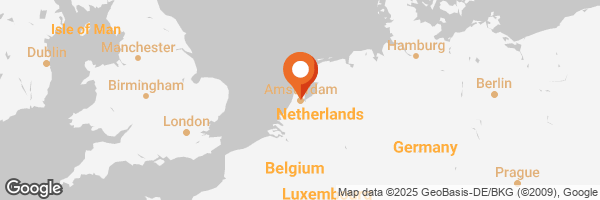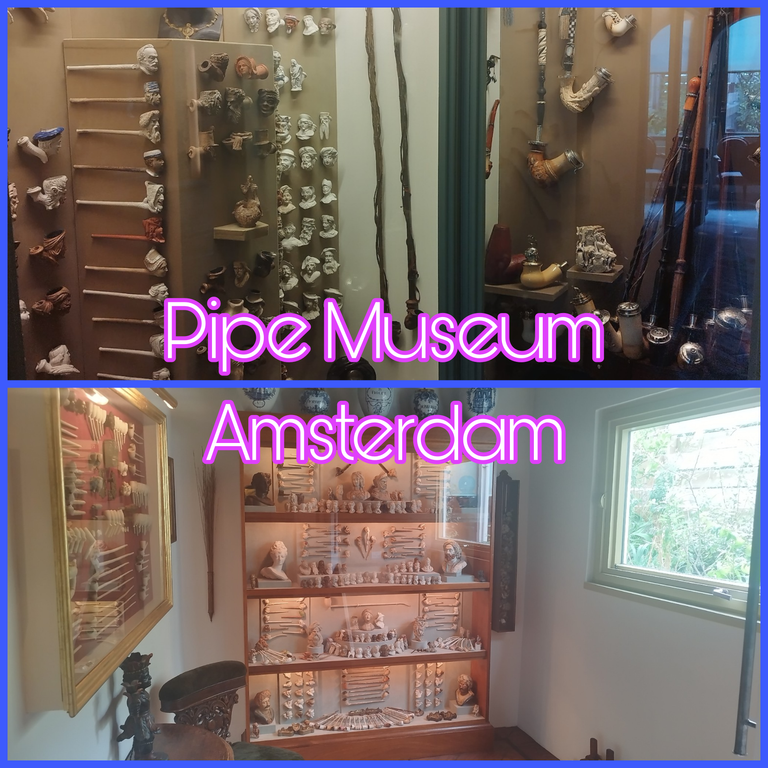
Now something different. I mean a different city, hahaha. You know it very well. Some even call it the “sin city” of the Netherlands. That's right, it's about Amsterdam. I'm not going to show you the Red Lights, so if you're expecting - sorry. Today we will visit the pipe museum.
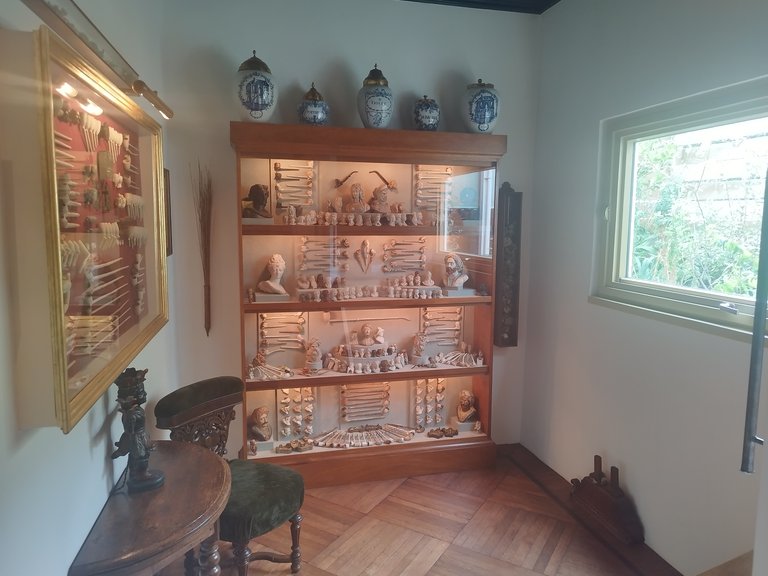
Imagine old vintage style - the cigar or the pipe in the mouth. I don't know why, but I'm picturing the old detective black and white movies on TV. How the crying woman sits in the old detective's office and explains how her husband died. There's a good chance she did it to inherit his money, but that's another story, haha.
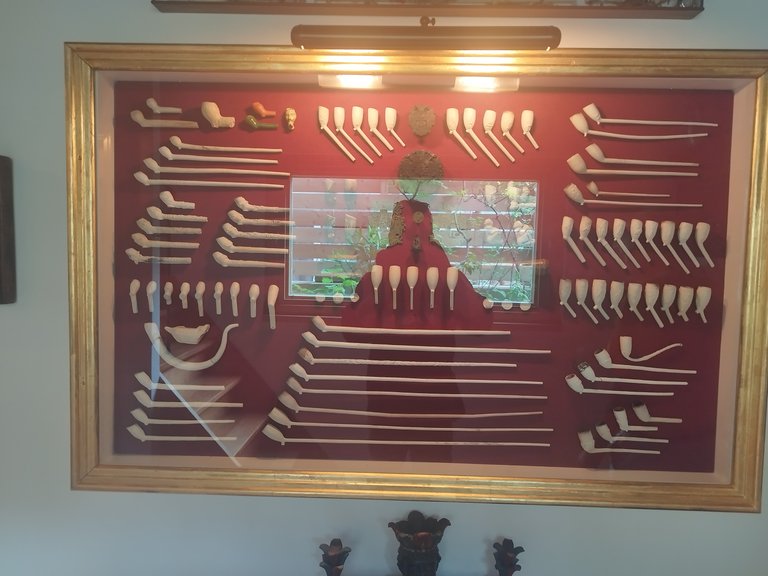
The museum is small, but reveals much of the evolution of the pipe. From our familiar pipes from detective movies to royal, special production ones. But what was the making process and what materials were used over the years? Pipes at the time were a status symbol. In the beginning they were only available to the rich, gradually embracing the whole world.
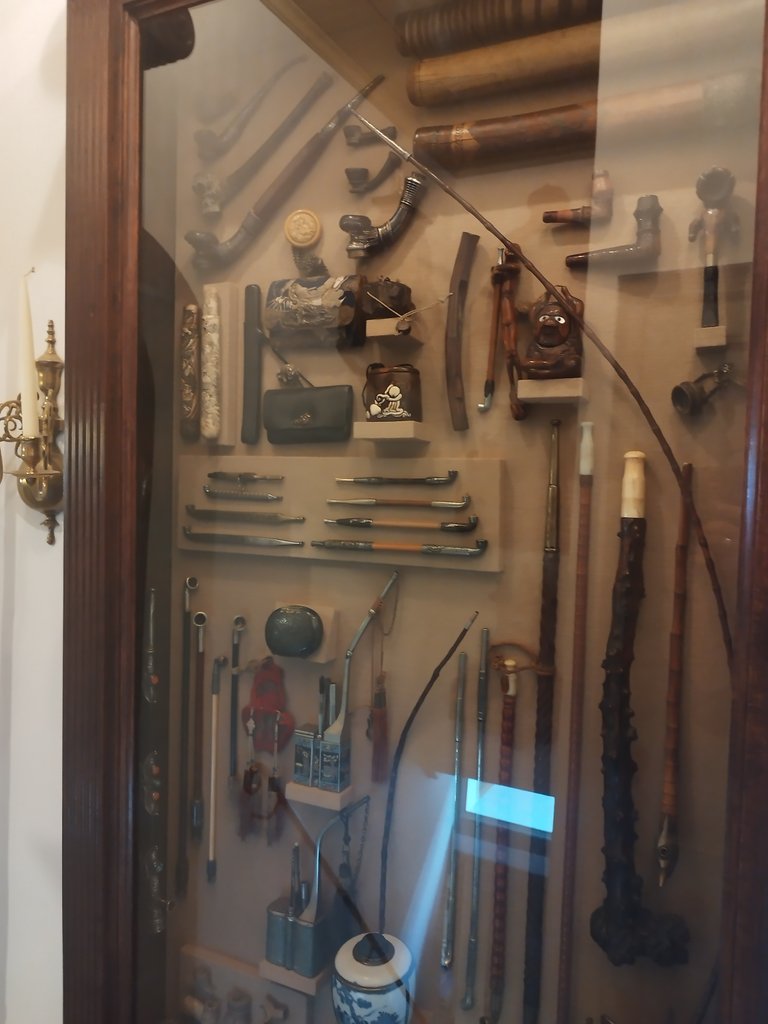
Pipes first appeared in Europe after one of Columbus' voyages in the 15th century, suggesting that their spread came from Indian tribes. In the Americas, pipes were created from bone, horn and stone, exquisitely designed, and used primarily for rituals. In Europe in the 16th century they began to make pipes from clay. Wood, which they later began to use (such as briar), only became popular in the 19th century.
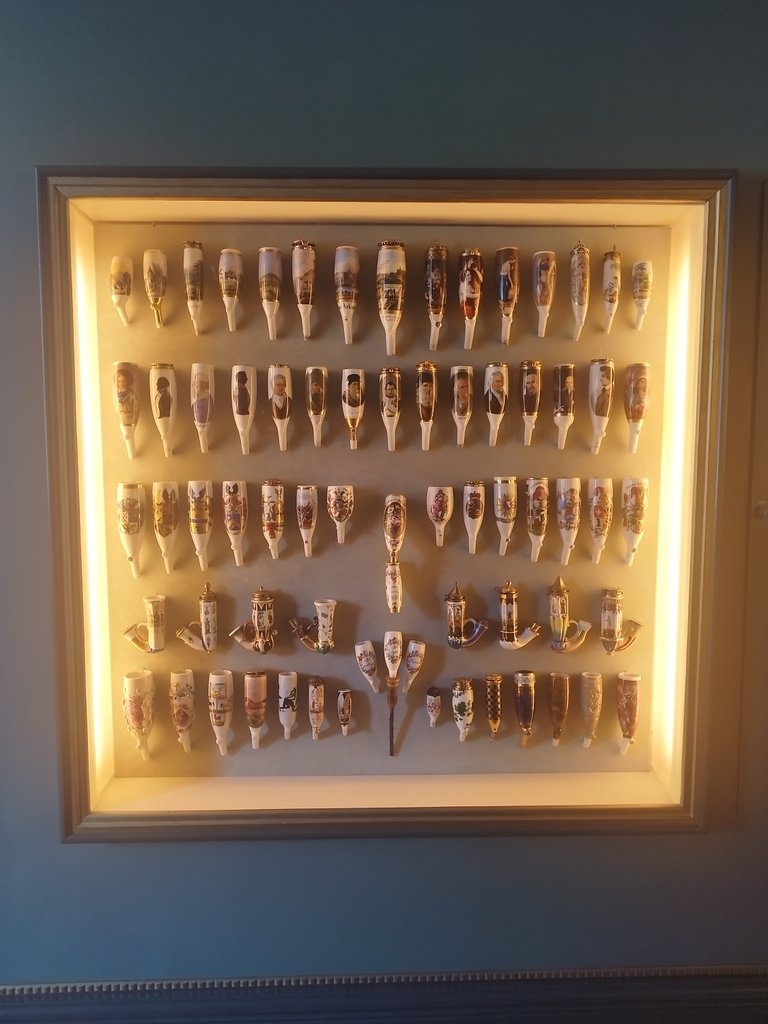
This led to the idea of using new materials. Germany and England created some of the first porcelain pipes in the 18th century. They depicted ships, landscapes and historical figures - anything that could show that its owner was not just a smoker but a true aesthete. With their long stems, these pipes were much more comfortable than the old ones.
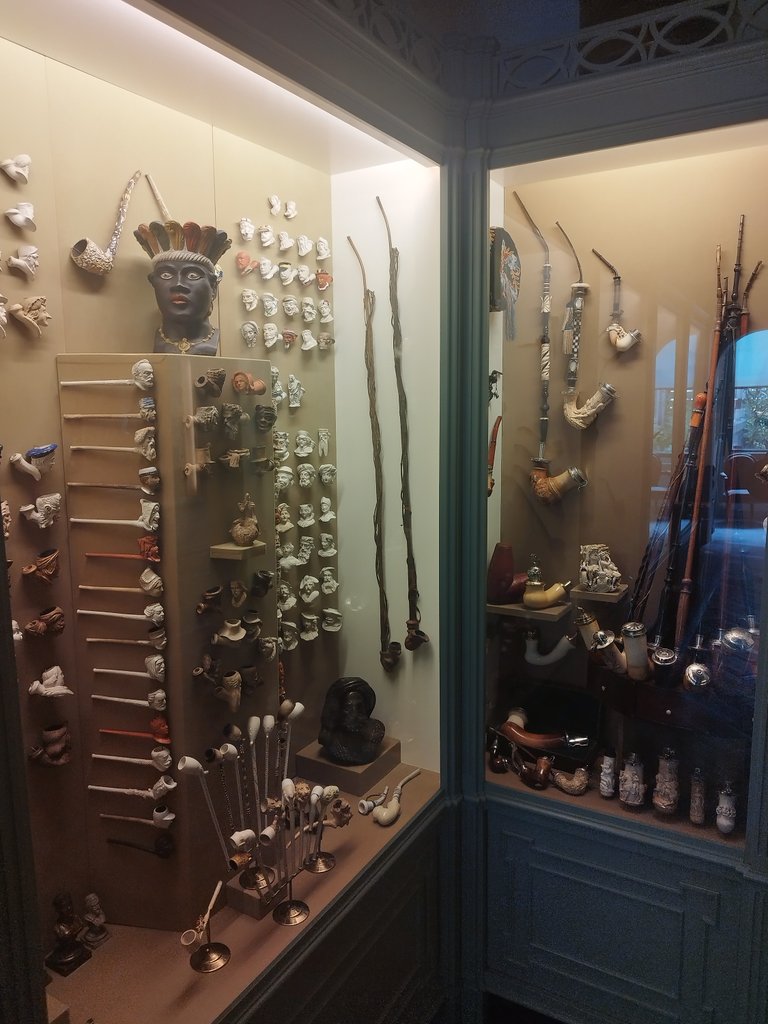
Although the most popular pipes date back to the 16th-17th centuries, there is evidence that such smoking devices existed in antiquity. For example, in Central America, archaeologists have found objects that resemble pipes used for ritual purposes. The ancient Egyptians and Greeks also used various methods to inhale aromas or smoke, although these devices can hardly be called ‘pipes’ in the modern sense.
Quality tobacco was also important. Not like the vapes with different flavors and nicotine concentrations, lol. There was real tobacco - strong and rough, suitable only for real connoisseurs.
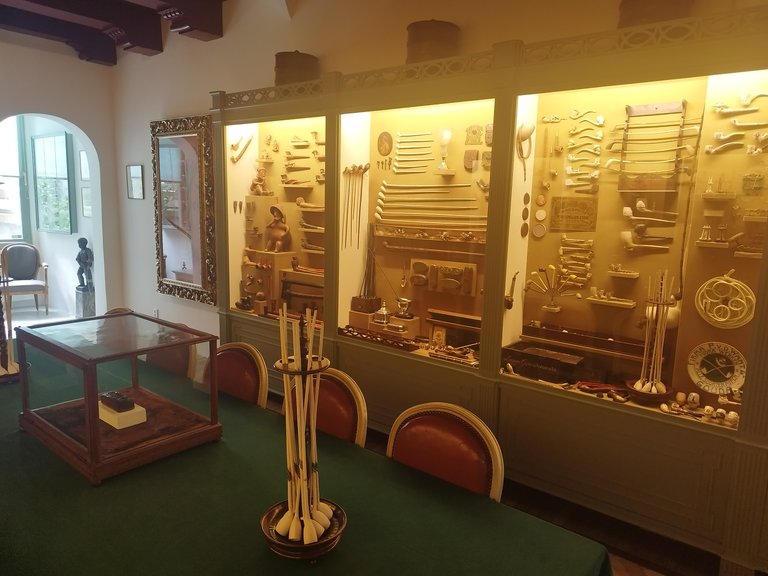
And for those of you who wish to buy a collectible pipe, you can do so in the shop on the first floor. Prices depend on the years and materials of manufacture. A lot of them have collectible value, so if you've decided to collect or just want to make like a detective from the old movies, you can visit it, hahaha.
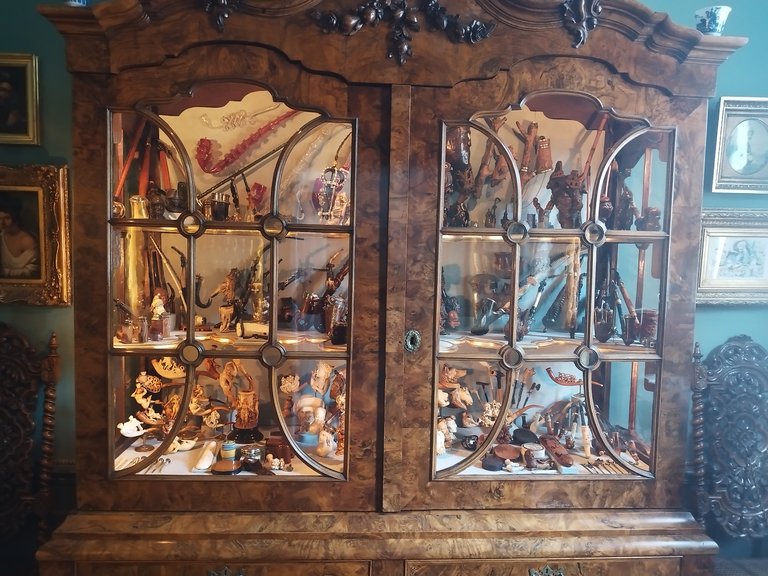
🎟️ Ticket Prices:
Adults € 15,00
Age between 6 and 16 € 7,50
Children up to 6 years free
Museumcard / IAmsterdam City Card /
Go-City-card / ICOM-card ( € 4).
🌐 Website:
Onderwijs Museum
suffer from the past, to long for the future, but to forget the present.
Any unsourced images and writing are my own. Life is worth it!
Thank you for support and follow me @darthsauron
